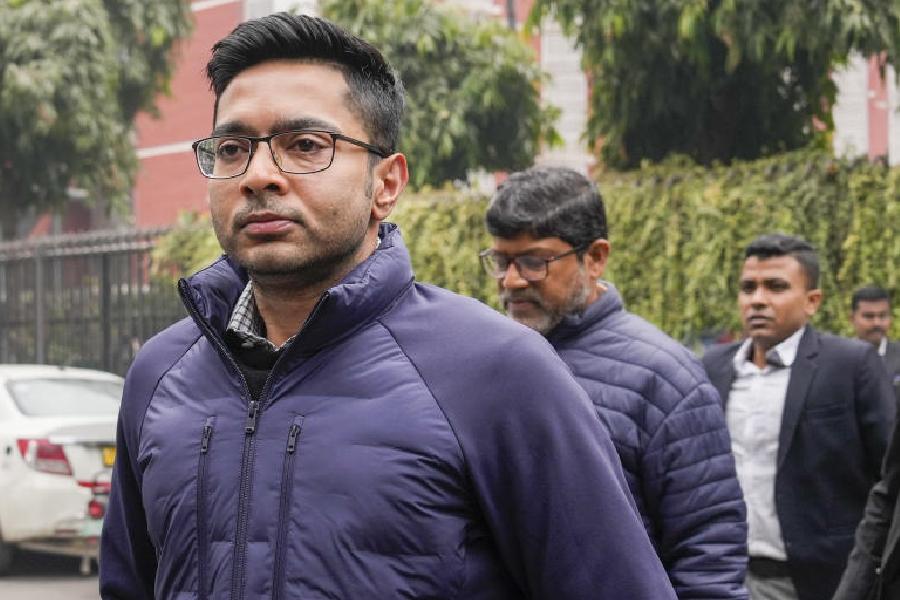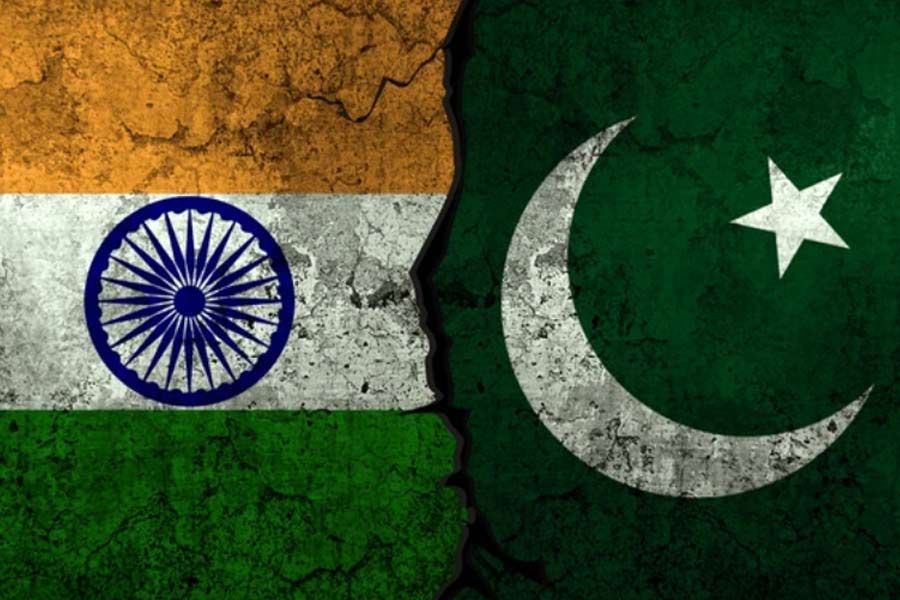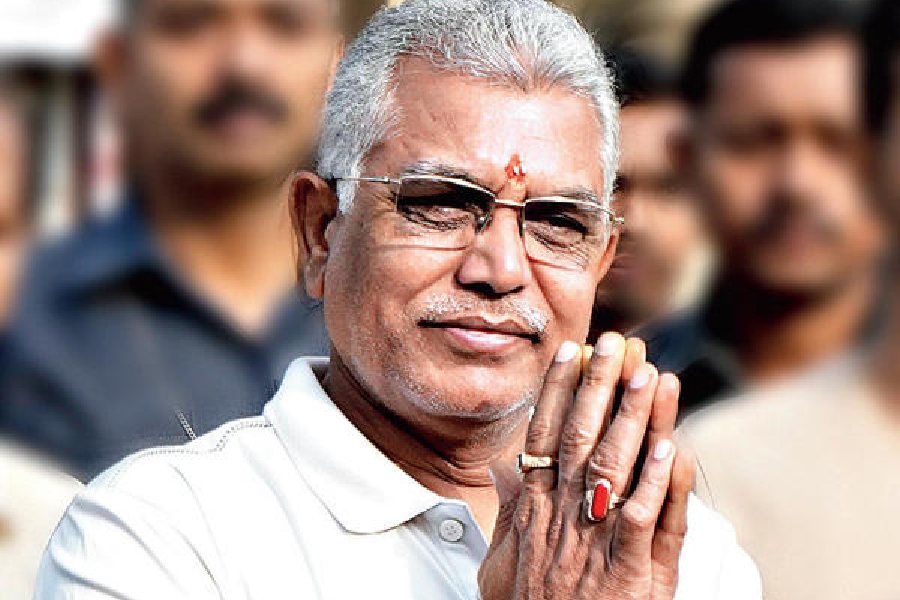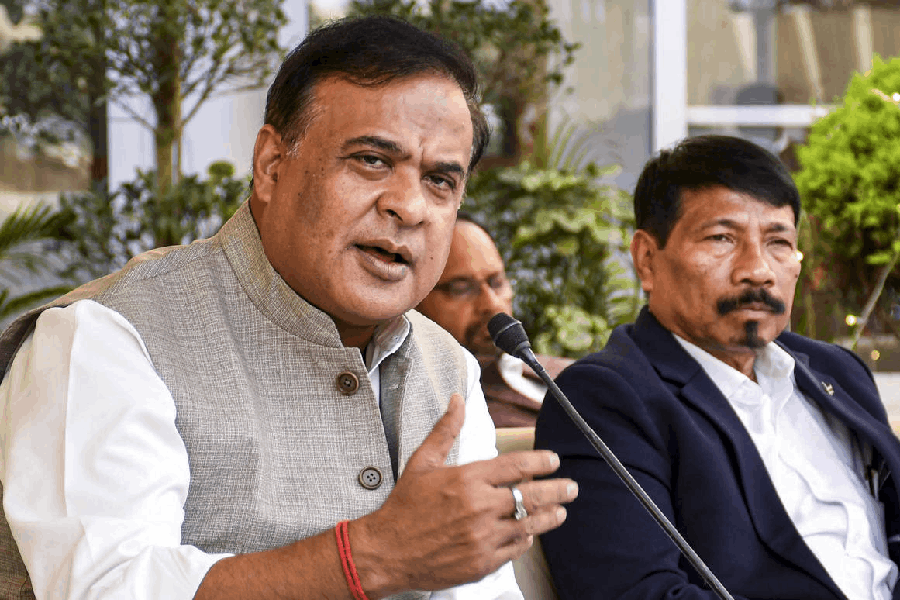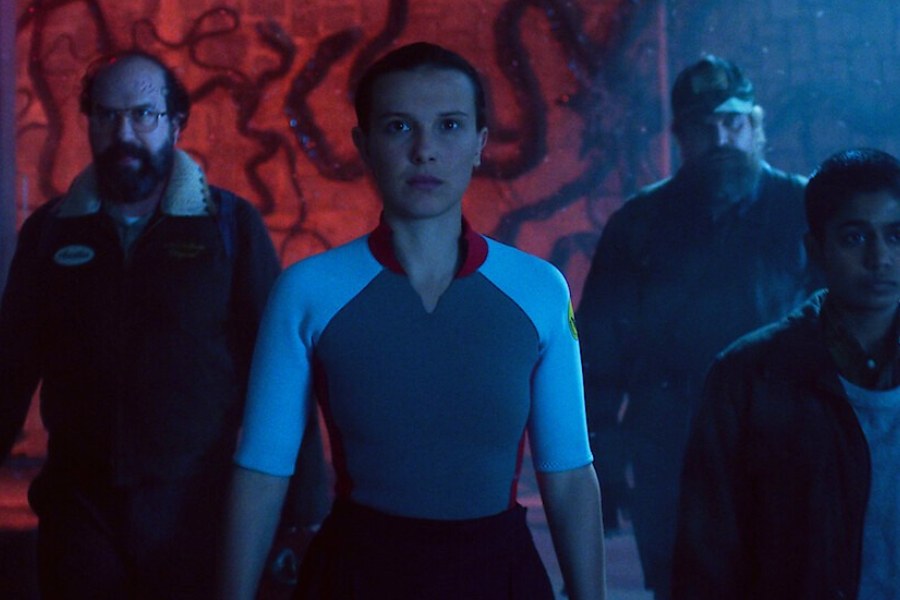 |
| Satyendra Prasanna Sinha |
Watching Queen Elizabeth riding in her glittering new Jubilee Coach, whose workmanship blends tradition with modernity, to open parliament, it occurred to me that a missing detail might have further enriched the ancient ritual. I know nothing of the man who claims to be “Baron Sinha of Raipur in the Peerage of the United Kingdom”, but the title recalls a forgotten passage in imperial history and a man of distinction who played a part in the histories of both countries.
Indians who still remember Satyendra Prasanna Sinha think of him as the only hereditary Indian member of Britain’s House of Lords. But Lord Sinha was more than the “only Indian”. I am not sure how to mention his uniqueness without offending contemporary British sensibilities, but no other Asian, African, Polynesian or Melanesian has been so honoured though several have become life peers. That’s where the problem of terminology crops up. Current political correctness would disapprove of Wikipedia’s description of him as “the first Indian and only person of colour ever to be elevated to the hereditary peerage”.
India bristles with many more such complexes as Narendra Modi’s touchiness over a comment by Priyanka Gandhi Vadra confirmed. Actually, mealy-mouthed middle-class Indians shrink from acknowledging anything that vaguely suggests all men are not cast in the same mould. I remember the government censor during the Emergency squirming because I had called a Bihari politician who fancied himself Jagjivan Ram’s successor “a Chamar leader”. The censor thought I was being abusive and was sceptical when I explained I had quoted the man himself. It added to the censor’s chagrin that the article in question would be published abroad. But why blame him? A colleague’s editorial primly referred to Jagjivan Ram as belonging to “a certain caste”.
The censor and my colleague would furiously deny they were slaves to any sense of caste hierarchy. Given this self-righteousness, I cannot think of an Indian equivalent of the recent British Social Attitudes survey, which found that more than one-third of Britons admit they are racially prejudiced. More than 90 per cent of those who admit they are racist want immigration to end. Moreover, 72 per cent of those who do not consider themselves racist also want a drastic cut in the number of immigrants.
These findings appeared as mainstream politicians faced the challenge of the anti-European Union, anti- immigrant United Kingdom Independence Party’s substantial gains in municipal and European parliament elections. The seemingly justified complaint is that Britain has received four million foreigners since 1997 without matching investment in roads, schools or hospitals. According to one writer, “it is now easier for a camel to pass through the eye of a needle than to buy a coffee in England from a native English speaker”. But statistics do not support the perception that immigrants are a burden on state services or are favoured at the expense of natives. These complaints are trotted out at a time of national belt-tightening to rationalize attitudes that have lain dormant all these years.
Terminology is part of the problem, as India’s Harijan-Dalit controversy or the Gandhi-Modi spat highlighted. Perhaps the prime minister misheard Priyanka’s “neech rajniti” as “neechi jaati”. Perhaps mischievous courtiers misinformed him. But even allowing for the hazards of campaigning, many awkward situations are caused by the additional meaning of words like colour/coloured’, ‘neech’, ‘gay’ or even ‘Hindu’, which Bharatiya Janata Party stalwarts regard as synonymous with Indian. By that token, Muslim and Christian soldiers of fortune who have clambered aboard the new regime’s bandwagon must now call themselves Hindus.
The clout exercised by minority groups in most liberal societies (with the possible exception of France) heightens the importance of language. The term, Negro, is an example. I remember Ralph Ellison, author of the prize-winning novel, Invisible Man, using Negro (he pronounced it “Niggra”) as a self-description in 1964. But the militant Stokely Carmichael changed that at a Mississippi rally two years later. ‘Black’ was the new word because ‘Negro’ apparently implied an inferiority complex and surrender to the establishment. (Ironically, when a British-owned Indian newspaper used ‘black’ in this sense, a Calcutta reader accused it of colour prejudice.) Now, Negro is racist, and an American senator had to apologise for saying Barack Obama had “no Negro dialect”. He should have said ‘African-American’. Negro spirituals are African-American spirituals.
Some Americans also complain that the name of the football team, Washington Redskins, smacks of ethnic stereotyping. Apart from being in bad taste and often inaccurate, ethnic stereotypes reflect British perceptions from the time when Britannia ruled the waves and set the global tone. Terms like “play the white man” or “whiter than white” make it even more explicit. A character in the popular British television serial, Coronation Street, used it last year during a game of darts in the local pub, prompting another player to accuse him of racism. The American equivalent, “That’s mighty white of you”, meaning “Thank you for being fair” carries the old country’s consciousness across the Atlantic.
A few years ago, the head of a venerable Oxford college mentioned a name I at once recognized from my schooldays as that of a well-known Calcutta Anglo-Indian family. His eyes glazed over when I asked if they looked Indian or Anglo-Indian. “You know”, he said, “I never notice such things!” Obviously he did or he wouldn’t have asked. But it isn’t appropriate nowadays to acknowledge any distinctive physical characteristics. He would have been even more in denial if I had asked if the people he mentioned were coloured. That early-17th-century term that emancipated American slaves adopted after the Civil War as an expression of racial pride used to be the accepted British term for Asians and Africans.
An appreciative reader of the English newspaper I worked for more than 50 years ago once telephoned the office to ask for the “coloured gentleman” who had interviewed her. I wouldn’t have known if she hadn’t told me herself with profuse apologies for not knowing my name. That provincial English housewife had no means of knowing that colour is a touchy subject with Indians or that it provoked the wrath of both Rabindranath Tagore and Jawaharlal Nehru. Perhaps the immigrant Bhagat Singh Thind spoke for many Indians when he claimed (unsuccessfully) that as “a high caste Hindu of full Indian blood” he was “a white person” and therefore deserved American citizenship.
Chinese Singaporeans also think they are white. The Japanese were “honorary white” in apartheid South Africa. The Parsee Talati family in Beijing was heartbroken in 1943 when the Japanese didn’t intern them with the British. “We felt that we were being singled out as not being true Brits”, a Talati complained and “protested at being left behind”. The whites were astounded when the Talatis insisted on sharing the privations of their internment. But it’s no insult to the author of the 1919 Constitutional reforms and former Congress president to say he wasn’t white. That is why King Edward VII objected vehemently to Sinha becoming the first Indian member of the viceroy’s council. Edward was long dead when Sinha was ennobled.
From what is known of her, Edward’s great granddaughter might have welcomed the presence of Lord Sinha’s great grandson in the House of Lords when she opened parliament. An ethnic Indian once recalled in a radio programme how his adoptive upper-class English parents were ostracized in their social circle until the Queen, who was a family friend, took a special interest in him. Perhaps she would not have taken her Commonwealth role so seriously if she were not sensible enough to know with Robert Burns that whatever his colour and caste, “a man’s a man for a’ that”.


